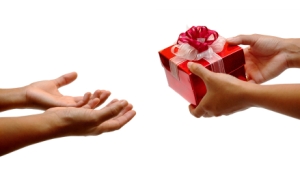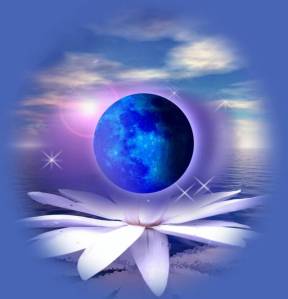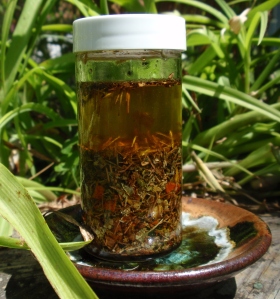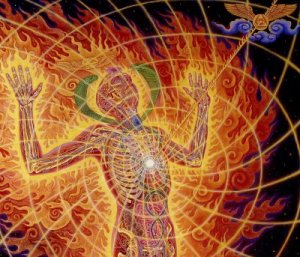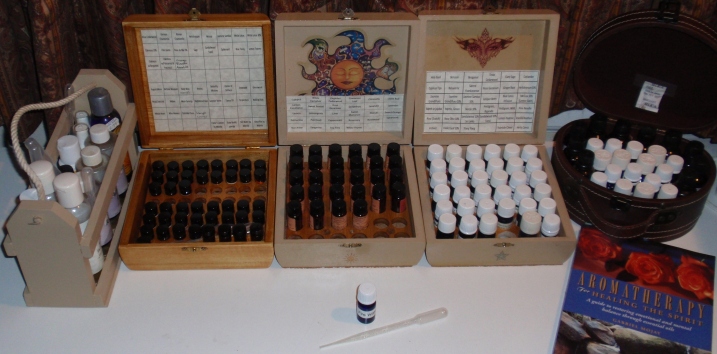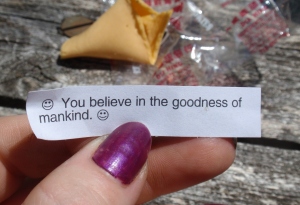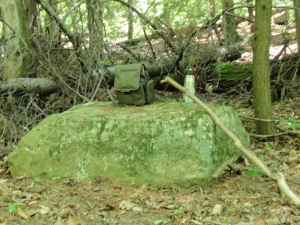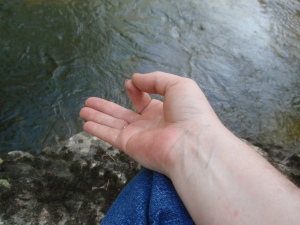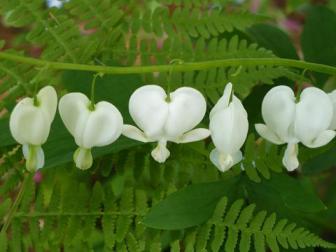 “Wassail! Wassail! All over the town,
“Wassail! Wassail! All over the town,
Our toast, it is white, and our beer, it is brown”
I first learned about Wassailing when my school chorus sang this traditional Wassailing Song from the Middle Ages. It was explained to me as a tradition akin to modern day caroling, going door to door, singing to your neighbors. The wassailing tradition is quite a bit more than that, of course, but it’s a convenient starting point.
Wassail comes from the Old English Waes Hael, which means “to your health”, and is a blessing offered when drinking a spicy, often alcoholic version of hot mulled cider. It was traditionally served with dry toast, which would be soaked in the cider. In pre-Christian southern England, where apple orchards were an important source of food, the residents would travel from orchard to orchard at mid-winter, singing and drinking to the health of the trees, soaking their toast with the fruits of the recent harvest, and offering it to the trees in blessing. This tradition endured in various forms throughout the Christianizing of Europe, and continues today as caroling and toasting to our health with an upraised glass . I don’t know anyone who soaks real toast in their cider anymore, but the word “toast” now means the act of raising your glass to wish good fortune for another. “Wassail” has come to mean both the beverage and the verbal toast, and it is a great toast to offer at Yuletide, for it wishes health and good cheer to all.
With the desire to wish health and good cheer to those I love, I decided to create a perfume blend of essential oils that would capture the spirit of Wassail.
Not having any apple-derived essential oils on hand, I began with the next scent most strongly associated to Yule for me: Pine. I selected the light and sweet Scotch Pine, which evokes the remembrance of fresh-cut Yule trees and wreaths. Energetically, Pine is psychologically fortifying, instills positivity and helps to restore self-confidence. It counteracts pessimism and reawakens our instinctive connection to life.
I paired the Scotch Pine with Ginger Root, a warmly invigorating oil that can awaken the spark in our personal dark spots. This is a good oil for New Year’s blends, for it can stimulate will power and resolve, and helps boost confidence and morale. It’s warm spiciness merges with Pine’s sweet brightness in a smooth fit.
Because I’m trying to create a blend that both energetically supports good cheer, and a blend that will also make a beautiful perfume, I considered but dismissed several oils that might do the job but not smell as lovely. I didn’t include Cinnamon, for example, because even though it may be a traditional spice in Wassail, it can easily overwhelm a perfume blend, and can be a skin and respiratory irritant to others. It’s important to consider safety factors when selecting oils for a blend.
Instead, I went next to Sweet Orange, which is a traditional ingredient in Wassail, and embodies the energy of good cheer. Sweet Orange essential oil is expressed from the peel of the orange, so it smells exactly like a freshly peeled orange. Who can resist a smile at that? Bright and sweetly scented, Orange conveys joy and positivity, dispersing the moodiness and irritability that takes hold when energy stagnates.
The blend was almost there, but my nose said it still needed something more, something that would hold onto the brightness of the orange and help anchor its sweetness into the blend. I recently acquired some precious Osmanthus blossom from my supplier, Nature’s Gift. Osmanthus is said to bring new things into your life—new opportunities, surprising synchronicities, and prosperity. Exotic and rare, it strengthens the will and focuses resolutions for the accomplishment of goals that have been sitting on the back burner for awhile. Osmanthus encourages positivity and hope for the future. It seemed like the perfect addition for a Wassail blessing.
The result is a sweet and uplifting perfume with spicy undertones that anchor the complex sweet tones at the top. I’m very pleased with this result, and pleased to offer it as a gift to my loved ones.
Wassail Perfume Oil
Designed to bring you good cheer!
Essential Oils ratios:
4 Scotch Pine
3 Ginger
2 sweet Orange
1 Osmanthus
Carrier Oil: fractionated Coconut
Qualities:
Pine is psychologically fortifying, instills positivity and helps to restore self-confidence.
Ginger oil is essentially warming, invigorating, and can help to boost confidence and morale.
Orange conveys joy and positivity, dispersing moodiness and irritability.
Osmanthus encourages positivity and hope for the future.
May this mid-winter Solstice season, howsoever you may celebrate it, bring you health and good cheer. Wassail!
